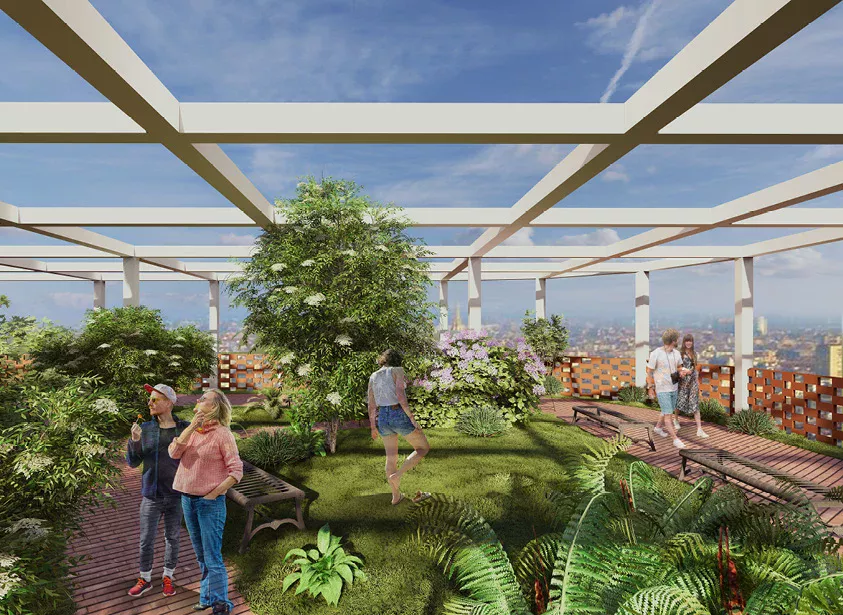Caring city, a focus on overcoming women’s fear living the city
Fear in public space, especially by women and girls, will be the central topic of the talk held in Triennale Milano, on May 23rd, during Arch Week, in collaboration with Sex & the City’s founders Florencia Andreola and Azzurra Muzzonigro.
In the first part of the talk, Florencia and Azzurra will present their book “Free, not brave. Women and fear in public space”, in the second part of the meeting, the projects developed by the students of the Master’s Programme in Urban Vision & Architectural Design of Domus Academy with the project leadership of Sex & the City will represent a starting point for a broader reflection on the role of public space design in addressing the theme of safety and the perception of fear in public space, especially by women and girls.

Fear in public space, especially by women and girls, will be the central topic of the talk held in Triennale Milano, on May 23rd, during Arch Week, in collaboration with Sex & the City’s founders Florencia Andreola and Azzurra Muzzonigro.
In the first part of the talk, Florencia and Azzurra will present their book “Free, not brave. Women and fear in public space”, in the second part of the meeting, the projects developed by the students of the Master’s Programme in Urban Vision & Architectural Design of Domus Academy with the project leadership of Sex & the City will represent a starting point for a broader reflection on the role of public space design in addressing the theme of safety and the perception of fear in public space, especially by women and girls.
Why gender urbanism? And what is it?
The city often proves hostile to women, gender minorities, and people with disabilities. This highlights the need for inclusive urban planning that addresses what is typically excluded or made invisible, much like women’s lives and work have been historically overlooked. Viewing the city from a gender perspective involves questioning the relationship between private and public spaces, the gendered use of urban areas and services, particularly in care work, and the safety concerns women and gender minorities face, especially at night.
Gender-sensitive urban planning involves listening to and observing the diverse needs of citizens across ages and backgrounds. Ultimately, a city designed from a gender perspective benefits all its citizens, not just women, making this perspective fundamental to address for architects and designers.
The projects presented to Milan Municipality
The workshop, involving students of the Master’s Programme in Urban Vision & Architectural Design, founders of Sex & the City and representatives of Milan Municipality, had the aim of framing urban space from a gender perspective. The workshop concentrated on Milan Central Station area, an area presenting several challenges, especially from the point of view of insecurity that women feel while crossing it. Milan Central Station is one of the most indicated areas by female citizens when asked “where do you feel most insecure in Milan?”. The question proposed to students was “How can we rethink the Central Station area to make women and gender minorities feel less insecure?”. Students worked on proposals then presented to a panel of experts including representatives from Milan Municipality who will attend the talk. These projects advocate for a city where safety is approached from a holistic perspective, fostering a community of mutual care and vigilance, and implementing various policies and design strategies.
To discover the projects and learn about gender urbanism, register here and attend the talk!
Photo credits: Sex & the City











